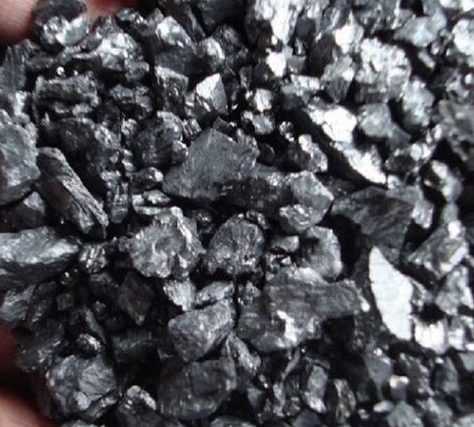
Carbon additives allow 3D printers to produce parts with greater strength and stability. Although the material properties have yet to be refined, they are improving.
Granular activated charcoal (GAC), which has a greater surface area, is better able to diffuse gasses or vapors. Adsorption is a common application.

Carbon is a unique element because it forms an extremely large number of organic compounds. Carbon is also available in crystal forms, such as graphite and diamond. These have their own applications. It also exists in amorphous, non-crystalline forms, such as black fume and vegetal carbon.
The University of Illinois researchers found that adding chopped carbon fibre to 3D printed polyamide materials increased mechanical properties like tensile strength and flexural resistance. They printed specimens of both a carbon fiber-free and a fiber-reinforced PLA and conducted tensile and flexural testing.
The tensile strengths and rupture stresses of a finely-grained CM-681LC containing 0.15 wt% C were increased 77% compared to the CM-681LC which has no carbon additions.
Additive printed parts benefit from the stiffness and strength of carbon fibre. It allows parts to be lighter and stronger, while still being able to take the same weight as conventional metals.
These filaments have improved stiffness at break and tensile rigidity (a measure for the strength of material properties). The printing speed increases while the part's performance improves.
It is due to the carbon fiber's high modulus-of-elasticity and its low specific wear rate. When combined with lightweight cores such as honeycombs and foams, a 3D-printed CF composite is capable of achieving a strength-to weight ratio 10 times better than that achieved by steel or aluminum. This gives a major advantage to the bending, compression and buckling of parts.
Carbon is a compound that has unique chemical properties. Many compounds, including organic ones, are formed from carbon. In crystalline form it is present as graphite (black fume pigment), diamonds (diamonds), and coke.
There are few thermoset applications of additive manufacturing using continuous carbon fibre. The addition of carbon fiber in the form of chopped or continuous reinforcement to plastics can improve mechanical properties, and also enhance tribological characteristics.
This study systematically explores the impact of carbon additive properties on antimony-based sodium-ion battery (NIB) anode performance stability. Six carbon additives (carbon-black CNERGY C65; SuperP carbon Black, KS6L; amorphous and graphene nanostars) were evaluated in order to determine their homogeneity of distribution within Sb.
While carbon black is commonly associated with diesel soot, it has specific properties that make it a valuable addition to precision machining operations. Specifically, it improves weldability.
A number of factors affect the strength, quality and durability of a welded joint. Changes in the heating input to an arc welded process, such as changes in tensile/yield strength or ductility can have a dramatic effect on mechanical properties.
A free-machining alloy's sulphur level is another factor that can affect weldability. The sulphur content of a free-machining steel is another factor that can affect weldability. Addition of carbon additives reduces the impact of sulphur. It allows for a weld that has a greater tensile resistance without having to sacrifice ductility. Using this method reduces the necessity for additional thermal treatment post-weld.
Carbon black is a non-agglomerated powder that offers excellent conductivity. This powder is widely used in the automotive, electrical and polymer industries as a shielding agent for EMI/RFI and to improve performance. This additive increases the conductivity in polyurethanes as well as polycarbonates and polyurethane composites.
TEM was used to investigate the morphology and cyclization of pristine and cycled conductive Carbon. The pristine carbon particles exhibit a spherical form and a semi-crystalized structure, with the graphitic elements oriented in concentric directions toward their surface. After lithiation of the particles, they swelled up and lost their crystalline nature.
In-situ SECM and XPS analyses were performed to investigate the influence of the conductive carbon Super P on electrode/electrolyte interface formation. Results show that after cycling in high and low potential areas, an electrically insulating passive layer with spatial heterogeneity forms. The effect of insulation is enhanced by smaller particles.

Write a Message